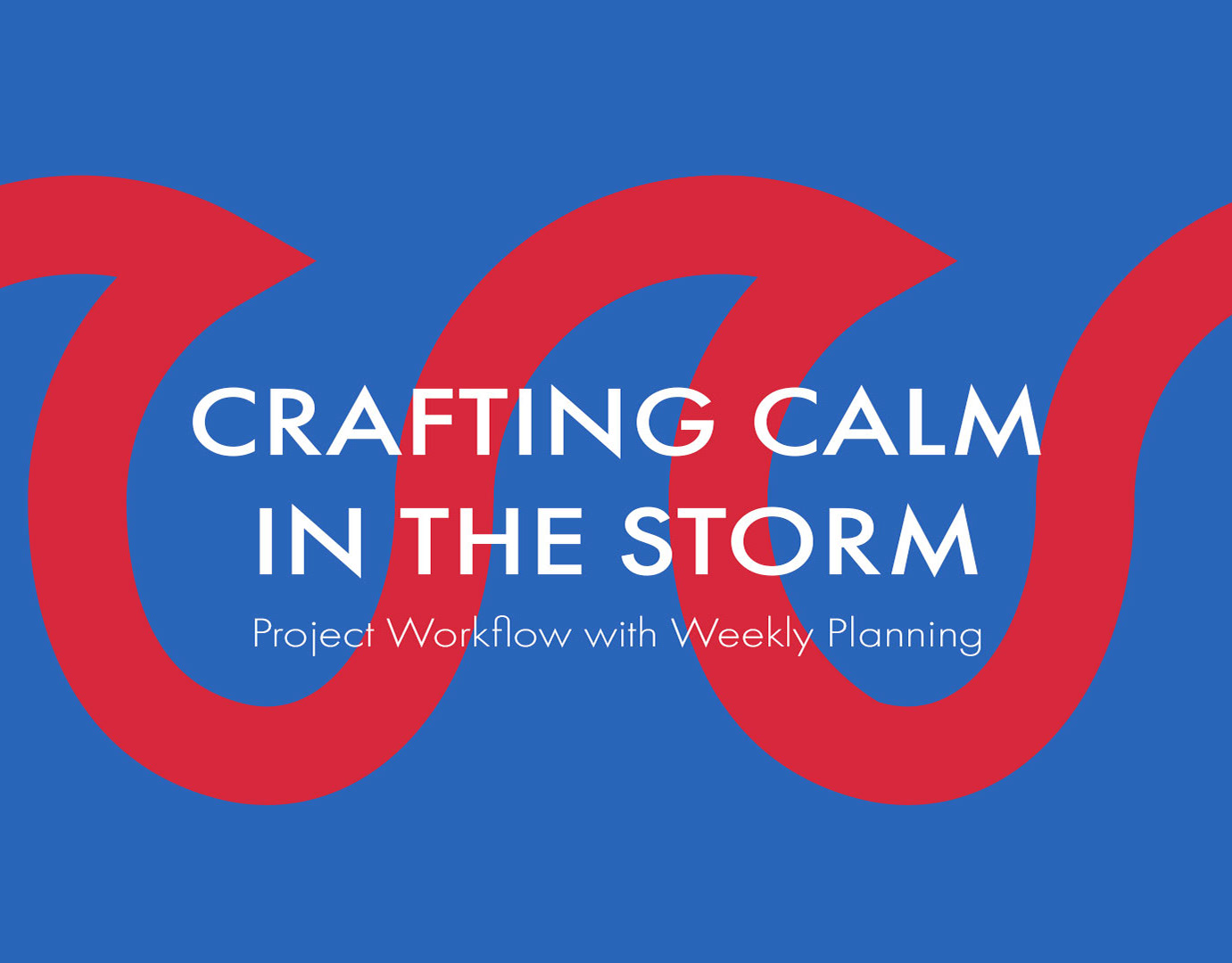In the ever-evolving landscape of project management, where adaptability reigns supreme, the agile manager stands at the crossroads of innovation and organization. The key to navigating this terrain? Dynamic weekly planning—a fluid, responsive approach that harmonizes with the agile methodology, ensuring that projects remain on track while embracing the inevitable changes that arise.
Embracing Agility in Weekly Planning
Dynamic weekly planning is rooted in the principles of agility: flexibility, responsiveness, and iterative progress. For the agile manager, this means crafting a weekly plan that serves as a guide rather than a strict agenda, one that can pivot as project demands evolve. It’s about setting weekly priorities while remaining open to adaptation, ensuring that the team can swiftly respond to feedback and changes without losing momentum.
Crafting a Flexible Weekly Blueprint
Implementing a dynamic approach begins with an overarching view of the project's goals, breaking them down into weekly sprints that focus on deliverables while allowing room for adjustments. Here’s how it might unfold:
Sprint Planning Sessions:
Kick off the week with a sprint planning meeting to outline key tasks, set sprint goals, and allocate resources, ensuring the team is aligned and ready to tackle the week’s challenges.
Daily Stand-ups:
Maintain a pulse on progress and obstacles with brief daily check-ins, fostering a culture of transparency and collaboration.
Mid-Week Reviews:
Reserve time mid-week to assess progress, allowing for course corrections or task reprioritization in response to new information or feedback.
Retrospective Meetings:
Conclude the week with a retrospective, reflecting on successes, lessons learned, and areas for improvement, informing the planning of subsequent sprints.
The Power of Adaptable Tools
In dynamic weekly planning, the choice of tools is paramount. Digital platforms that offer real-time updates, collaborative features, and flexible task management, like Trello or Asana, can be particularly effective, enabling the agile manager and their team to stay connected, informed, and responsive to the project's evolving needs.
Navigating Change with Confidence
The essence of dynamic planning in an agile context is not just about anticipating change but embracing it as an integral part of the process. It’s about creating a planning environment where shifts in scope, priorities, or resources are not seen as disruptions but as opportunities to refine and improve the project’s trajectory.
Reflecting and Adapting: The Agile Cycle
The agile manager’s week is punctuated by moments of reflection—opportunities to look back at the week’s achievements and challenges and to adjust the sails for the coming week. This continuous cycle of planning, executing, reviewing, and adapting is what keeps the agile project vibrant, viable, and aligned with its ultimate objectives.
For the agile manager, dynamic weekly planning is more than a methodology—it’s a mindset that infuses every aspect of project management with flexibility and resilience, ensuring that teams can navigate the complexities of modern projects with agility and grace.
As you integrate dynamic planning into your agile practices, consider how this approach can not only keep your projects on track but also empower your team to embrace change, innovate, and achieve excellence.








